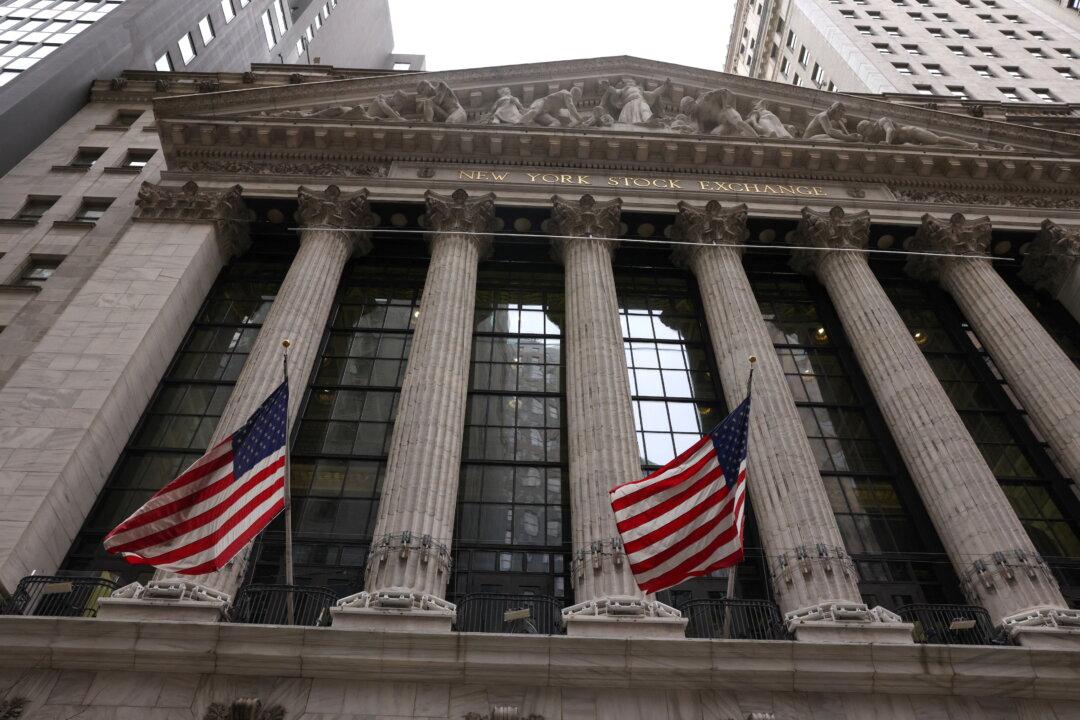New York—The Dow Jones industrial average plummeted more than 900 points on Friday to post its worst daily loss since October 2020.
The blue-chip index lost 981 points, or 2.82 percent, to close at 33,811.


New York—The Dow Jones industrial average plummeted more than 900 points on Friday to post its worst daily loss since October 2020.
The blue-chip index lost 981 points, or 2.82 percent, to close at 33,811.